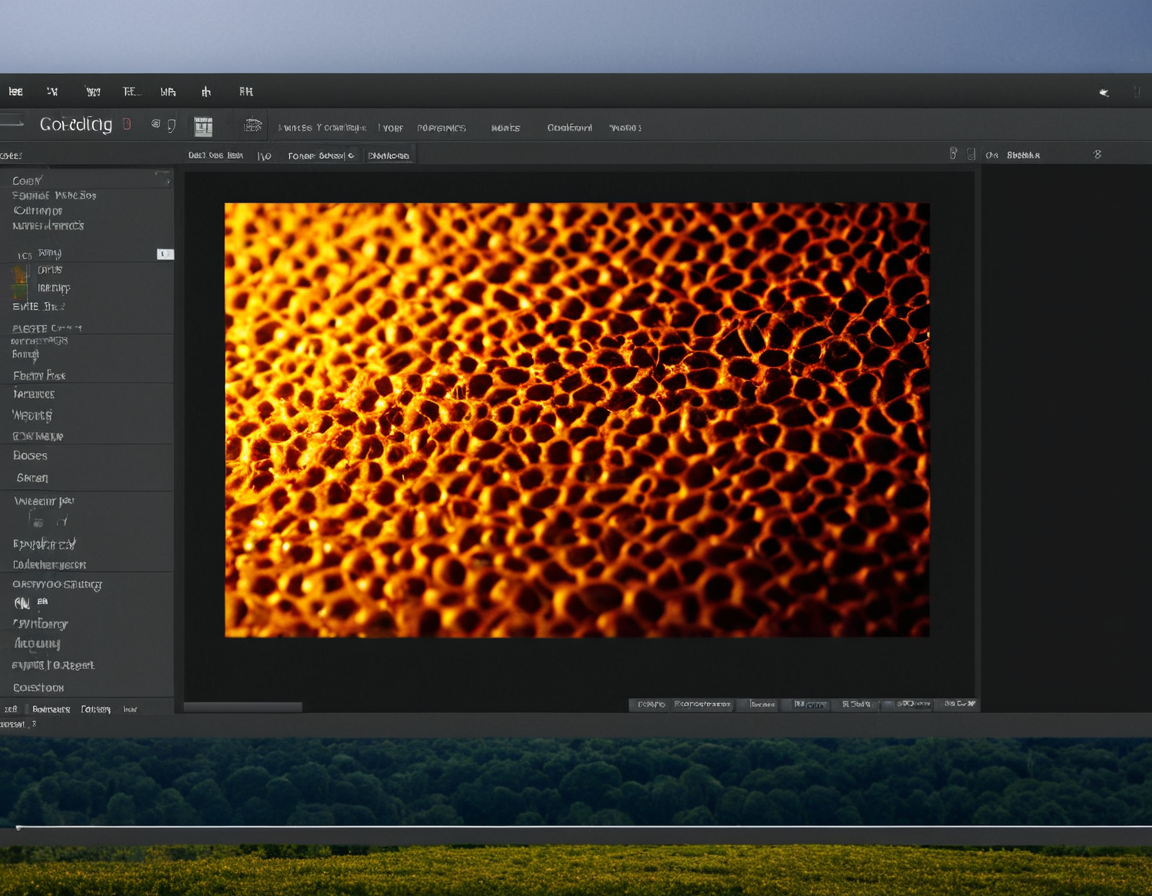GIMP Guide: Advanced Color Grading Unlocked

Unlocking Advanced Color Grading with GIMP: A Step-by-Step Guide
Introduction
Color grading is a critical aspect of post-production that can make or break the aesthetic of a film, television show, or video. With the rise of digital editing software, it’s become increasingly easier to achieve professional-grade color correction without breaking the bank. In this article, we’ll explore the world of color grading with GIMP, a free and open-source alternative to Adobe Premiere Pro.
Color Grading Fundamentals
Before diving into the nitty-gritty of GIMP, let’s cover some essential concepts. Color grading is not just about adjusting brightness and contrast; it’s an art form that requires attention to detail, creativity, and a solid understanding of color theory.
- Color Space: The color space refers to the way colors are represented on your screen. Most modern monitors use IPS or OLED panels, which offer wider color gamuts than older CRT displays.
- LUTs (Look-Up Tables): LUTs are pre-defined color grading profiles that can be applied to your footage. They’re a great starting point for beginners but can also be limiting if you’re looking for more advanced results.
Prerequisites
Before we begin, ensure you have the following software installed:
- GIMP (free and open-source)
- A compatible graphics card (recommended)
Step 1: Setting Up Your Workspace
To get started with color grading in GIMP, you’ll need to set up your workspace. This includes adjusting your display settings, creating a new project, and familiarizing yourself with the interface.
Step 2: Adjusting Display Settings
- Ensure your monitor is calibrated correctly.
- Set your display resolution to 1080p or higher (if possible).
- Disable any unnecessary plugins or extensions.
Step 3: Creating A New Project
Create a new project in GIMP and set the following settings:
- Project Name: Give your project a meaningful name.
- Resolution: Set this to a suitable resolution for your needs.
- Color Space: Select the color space that best represents your footage (e.g., sRGB, DCI-P3).
Step 4: Understanding The Color Wheels
The color wheels in GIMP are incredibly powerful tools for achieving precise color correction. Here’s how to use them:
- Luma Curve: Adjusting the luma curve can help you achieve a more natural look.
- Color Balance: Use this to fine-tune your colors and achieve the desired mood.
Step 5: Applying LUTs
Once you’ve got a solid understanding of color theory, it’s time to explore pre-made LUTs. Here’s how:
- Importing LUTs: You can import LUTs from various sources (e.g., online marketplaces, tutorials).
- Applying LUTs: Double-click on the LUT file and select “Apply” to apply it to your footage.
Conclusion
Color grading with GIMP requires patience, practice, and dedication. By following these steps and experimenting with different techniques, you’ll be well on your way to achieving stunning results. Remember to always keep learning and stay up-to-date with the latest developments in the field.
Is there a particular color grade that inspires you? Share your favorite examples or tutorials in the comments below!
Tags
color-grading-guide gimp-tutorial video-post-production filmography-techniques cinematography-basics
About Michael Brown
I help power gophotos.com by crafting engaging content around AI-driven image tools, photography techniques, and smart editing strategies. With a background in digital media, I bring a creative eye to the intersection of tech and visual storytelling.
